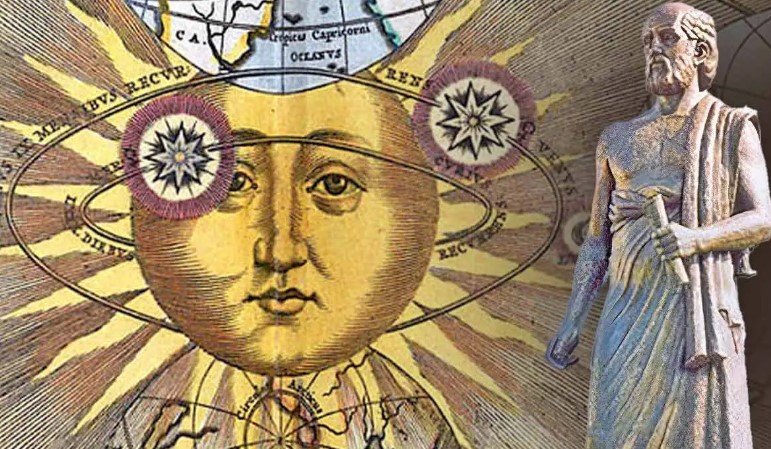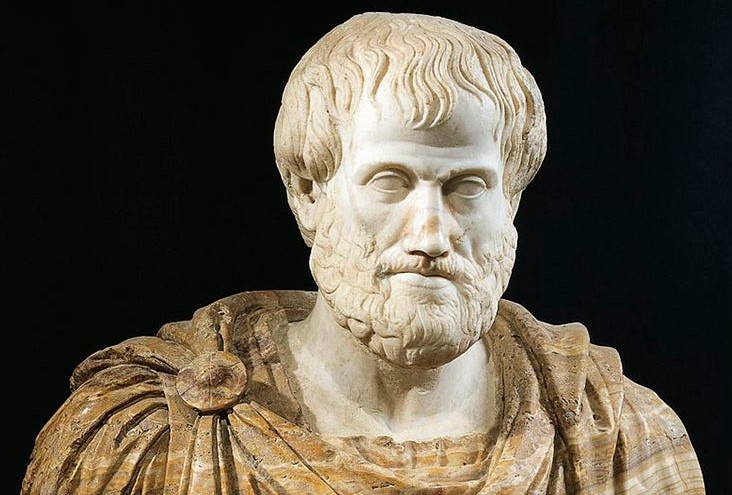
Aristarchus: The Pioneer of Ancient Astronomy
Introduction
When we think of groundbreaking figures in ancient astronomy, one name often goes unmentioned: Aristarchus. This Greek astronomer and mathematician was a trailblazer who dared to suggest that the Earth orbits the Sun, challenging the widely accepted geocentric model of the universe. Aristarchus’ theories and methodologies laid the foundation for future astronomical discoveries, making him a significant, albeit underappreciated, figure in the history of science.
Early Life and Background
Aristarchus was born around 310 BCE on the island of Samos, Greece. Little is known about his early life, but it’s clear that he received a robust education, likely influenced by the rich intellectual traditions of his homeland. Samos was known for its contributions to science and philosophy, and Aristarchus was no exception. His education would have included mathematics, astronomy, and possibly studies under other notable scholars of the time.
Aristarchus’ Contributions to Astronomy
Aristarchus’ contributions to astronomy are numerous and impactful. He is best known for proposing the heliocentric theory, which posited that the Sun, not the Earth, was the center of the universe. This was a radical departure from the geocentric model that dominated ancient Greek thought. His work didn’t stop there; Aristarchus also attempted to measure the distances to the Moon and Sun, employing innovative methods that showcased his mathematical prowess.
Heliocentric Theory
The heliocentric theory suggested by Aristarchus was revolutionary. At a time when the Earth was universally believed to be the center of the universe, Aristarchus proposed that the Sun was at the center, with the Earth and other planets orbiting it. This model was based on careful observations and logical deductions, although it was not widely accepted until many centuries later. Aristarchus’ heliocentric theory laid the groundwork for future astronomers, including Copernicus, who is often credited with “rediscovering” this model.
Measurement of Astronomical Distances
Aristarchus employed ingenious methods to measure astronomical distances. Using geometric principles, he estimated the relative sizes and distances of the Earth, Moon, and Sun. Although his calculations were not entirely accurate by modern standards, they represented a significant advancement in astronomical measurement techniques. Aristarchus deduced that the Sun was much larger than the Earth and far away, challenging the prevailing views of his time.
Aristarchus’ Writings
Unfortunately, much of Aristarchus’ work has been lost to history. However, his treatise “On the Sizes and Distances of the Sun and Moon” survives in parts, providing valuable insights into his methods and thinking. This text outlines his approach to measuring the distances and sizes of celestial bodies, demonstrating his sophisticated use of geometry.
Mathematical Approach
Aristarchus was not just an astronomer but also a mathematician. His approach to astronomy was deeply rooted in mathematics, particularly geometry. He applied geometric principles to solve complex problems, such as determining the size of the Earth or the distance to the Moon. His innovative use of mathematics in astronomy set a precedent for future scientific methods.
Legacy and Influence
The legacy of Aristarchus is profound, though it was not fully recognized in his own time. His ideas influenced later astronomers, including Hipparchus and Ptolemy, and eventually laid the groundwork for Copernicus’ revolutionary work in the 16th century. Aristarchus’ heliocentric model, though initially rejected, became a cornerstone of modern astronomy.
Challenges and Controversies
Aristarchus faced significant opposition to his theories. The geocentric model, endorsed by philosophers like Aristotle and later Ptolemy, dominated ancient thought. Aristarchus’ heliocentric theory was seen as heretical and counterintuitive. Additionally, the lack of technological tools to provide empirical evidence meant that his ideas remained largely speculative and unaccepted.
Comparison with Copernicus
While both Aristarchus and Copernicus proposed heliocentric models, Copernicus is more widely known. This is partly due to the historical context: by the time of Copernicus, the Renaissance had brought about a renewed interest in ancient texts and empirical science. Copernicus also had access to better observational tools and more comprehensive data, allowing him to build a more robust model.
Modern Recognition
Today, Aristarchus is recognized as a pioneering figure in astronomy. Modern science acknowledges his contributions, and his heliocentric model is celebrated as a crucial step towards our current understanding of the cosmos. Recent historical research has brought more attention to his work, highlighting his role as a visionary thinker.
Aristarchus’ Other Contributions
Beyond astronomy, Aristarchus made contributions to other fields, particularly mathematics. His work on geometric problems and his innovative methods in astronomical measurements were highly advanced for his time. These lesser-known achievements underscore his versatility and intellectual prowess.
Myth vs. Reality
Over the centuries, various myths and misconceptions have arisen about Aristarchus. Some of these include exaggerations of his discoveries or misattributions of his work. Separating fact from fiction is crucial to understanding his true impact. His genuine contributions, although sometimes overshadowed by more famous figures, are well-documented and significant.
Aristarchus’ Impact on Philosophy
Aristarchus also influenced philosophical thought. His heliocentric model challenged the anthropocentric views of his time, prompting philosophical debates about the nature of the universe and humanity’s place within it. This shift in perspective was crucial for the development of natural philosophy and later scientific inquiry.
Conclusion
Aristarchus of Samos was a visionary whose contributions to astronomy and mathematics were far ahead of his time. His heliocentric theory, innovative measurement techniques, and mathematical approach to astronomy set the stage for future scientific advancements. Although not fully appreciated in his own era, Aristarchus’ legacy lives on, reminding us of the importance of challenging established norms and thinking beyond the confines of contemporary beliefs.
FAQs
1. Who was Aristarchus? Aristarchus was an ancient Greek astronomer and mathematician known for proposing the heliocentric model of the universe, where the Earth orbits the Sun.
2. What was Aristarchus’ major contribution? His major contribution was the heliocentric theory, which challenged the geocentric model and laid the groundwork for future astronomical discoveries.
3. How did Aristarchus measure the distance to the Sun? Aristarchus used geometric principles to estimate the relative distances of the Earth, Moon, and Sun, though his calculations were not entirely accurate by modern standards.
4. Why wasn’t Aristarchus’ heliocentric model accepted in his time? The heliocentric model was not accepted due to the prevailing geocentric views, lack of empirical evidence, and the influential support for the geocentric model by philosophers like Aristotle.
5. What is Aristarchus’ legacy today? Today, Aristarchus is recognized as a pioneering figure in astronomy, celebrated for his visionary theories and contributions to the understanding of the cosmos.



